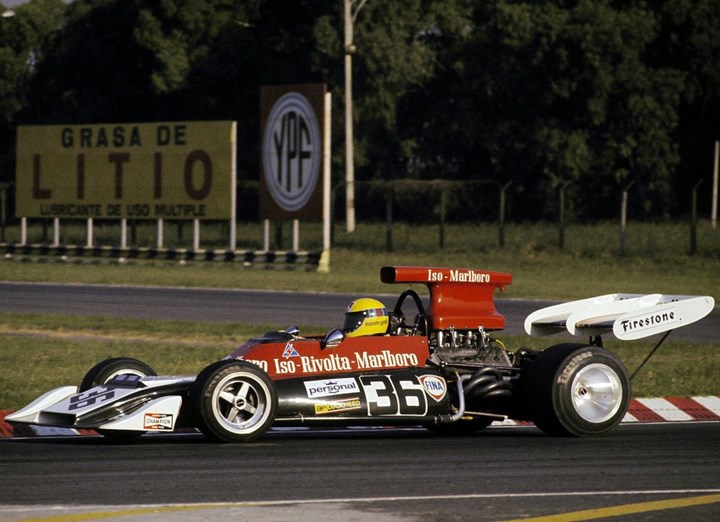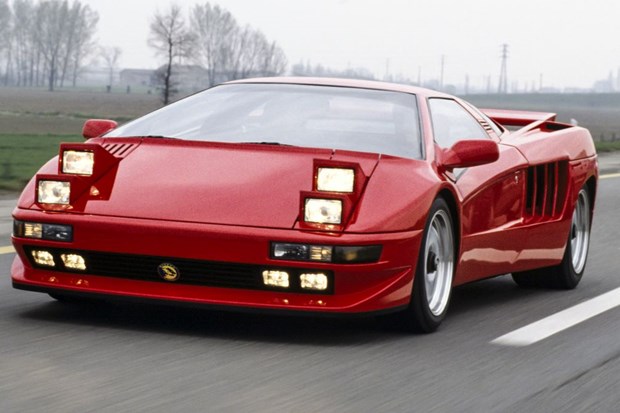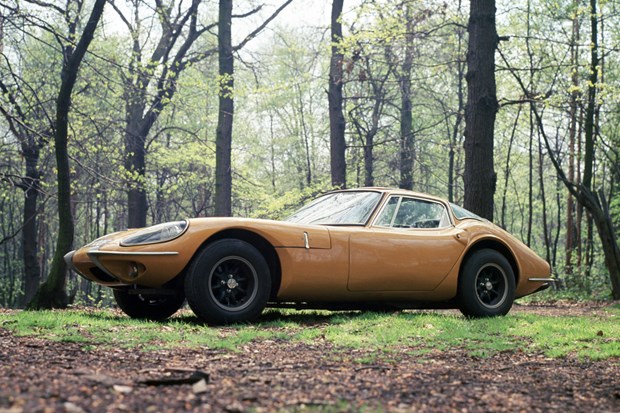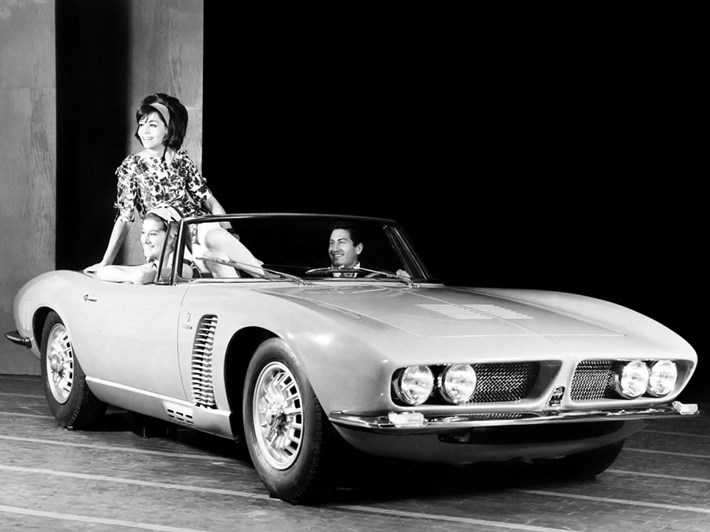
The post-war years marked the beginning of the golden age of the automobile. A period that smiled on Renzo Rivolta, an Italian industrialist, who did not hesitate to redirect his activities in order to launch himself as a manufacturer.
Renzo Rivolta's background is atypical, to say the least. Born in 1908 in northern Italy, this engineer by training founded Isothermos in 1939, a company specialising in the production of refrigerators, a sector that was booming at the time. Rivolta soon realised the need to diversify its activities, and the company went on to build radiators, as well as... trams. After the Second World War, Rivolta took a keen interest in mobility. His company began manufacturing small-displacement motorbikes and three-wheelers, with a fairly comprehensive range.

Isetta
In 1953, Iso Autoveicoli SpA was founded and Renzo Rivolta began thinking about new mobility solutions. The genius idea was the Isetta, a microcar with a single front door (like a fridge!) and powered by a motorbike engine. The concept proved popular, and Rivolta sold the licence to BMW in Germany and Velam in France, Brazil, the UK and Spain. Surprisingly, the Isetta was a flop in Italy, where the Fiat 500 was a big hit. Production of the city car ended in 1955 after just 1,500 units had been made.
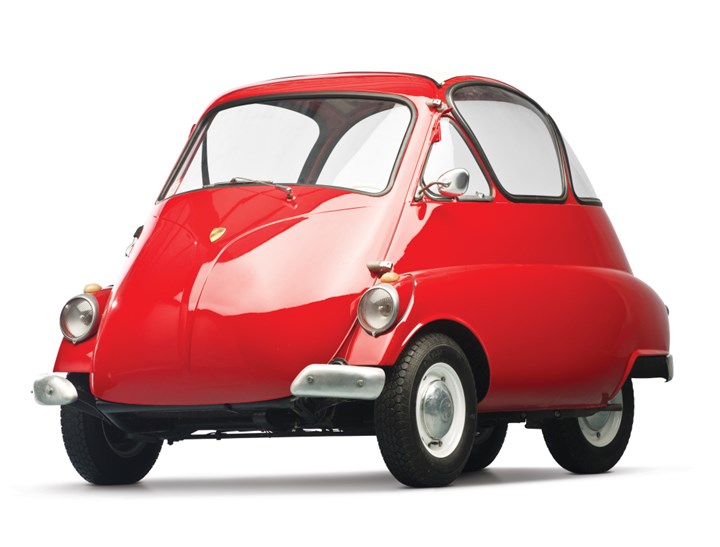
V8 Engine
A lover of beautiful cars, Rivolta decided to create a sporty, luxurious model. Thanks to the fortune he had amassed from the success of his household appliances, he hired Bertone and his designer Giorgetto Giugiaro to design a coupé. The technical side of the project was entrusted to engineer Giotto Bizzarrini, who decided to use a GM V8 engine, the same as used in the Corvette. The Iso Rivolta 300 was born. Launched in 1962, it proved to be an excellent grand tourer thanks to its 300 bhp engine and well-designed suspension. The car was a success in the United States, and thanks to the contract signed with GM for the supply of American engines, the future looked bright for Iso, which planned to develop several models based on the Rivolta.
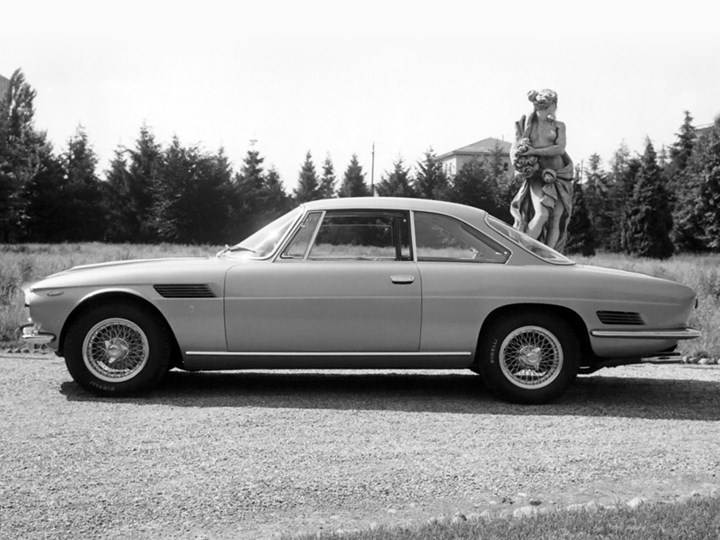
Good times
This led to the launch of the Iso Rivolta Grifo A3L in 1965, with engines ranging from 5.4 to 7 litres (400 bhp, 270 km/h), the Grifo L300 followed by the S4 in 1967 and the Super Grifo in 1968, the Fidia saloon in 1968 and the GT 2+2 Iso Rivolta Lele (named after Rivolta's wife) in 1969, designed by Marcello Gandini who worked for Bertone. At the end of 1971, Rivolta's contract with GM came to an end. The brand then turned to Ford, and the Cleveland V8 found its way under the bonnet of several of its models. The oil crisis put a strain on Iso Rivolta, which lacked the cash flow to get through this difficult period. Since the death of Renzo Rivolta in 1966, the company has been run by his son Pierro. Following financial difficulties, the company was sold to businessman Ivo Pera and changed its name to Iso Motors & Co.
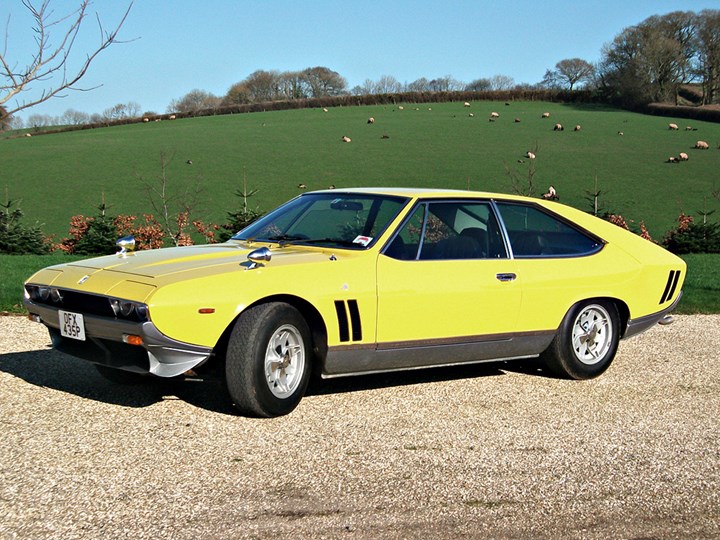
Wrong context
To make matters worse, in 1973 Iso signed an agreement with Franck Williams to enter Formula 1! Under the name Iso Rivolta-Marlboro, the team entered a single-seater with a Cosworth engine for two years. This poor strategic choice, combined with the oil crisis and a lack of cash, led the company to stop building cars at the end of 1974. Years later, in 1990, Pierro Rivolta wanted to relaunch Iso with the Grifo 90, but the project never materialised.
